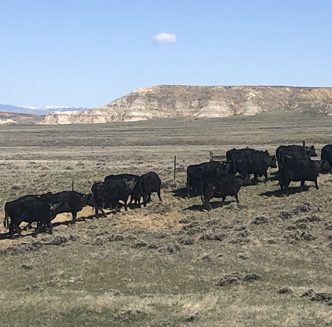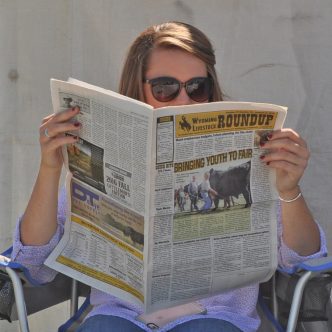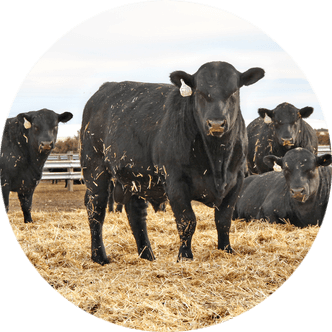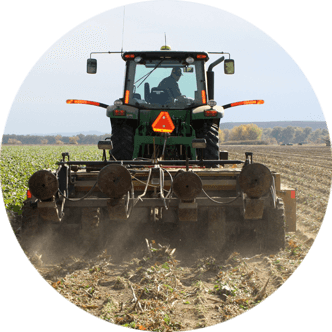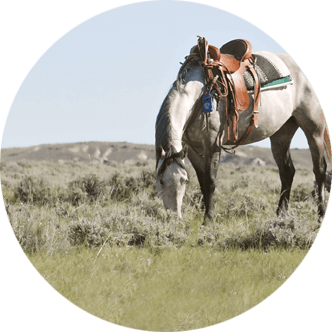New World screwworm moves closer to U.S. cattle
New World screwworm (NWS) was found in southern Mexico in November 2024 and has been moving north since, reaching only 370 miles from the U.S. border in mid-July.
Politicians say resources are needed to fight and eradicate the pest, and livestock producers are being educated on what they can do if NWS affects their operations.
U.S. Sen. John Cornyn (R-TX) said the threat of NWS is causing the need for additional federal resources to combat the parasite.
“This essential food supply – beef – and corresponding food prices are under threat from the outbreak of a particular pernicious parasite called NWS,” he said.
He noted an outbreak of NWS could cost the state of Texas alone nearly $3.7 billion.
The U.S. Department of Agriculture (USDA) is building a sterile fly dispersal facility in Hidalgo, Texas. Texas Agriculture Commissioner Sid Miller also announced the Texas Department of Agriculture is working with USDA and U.S. Secretary of Agriculture Brooke Rollins to reintroduce an improved pest control method called “Swormlure bait.”
“NWS is not just a Texas problem. This is a nationwide crisis with potential massive implications for American agriculture, which could result in billions of dollars in economic losses and place a heavy burden on our agriculture and wildlife industries and public health systems,” said Miller. “We cannot wait for sterile flies alone to turn the tide. This is why we’re applying a little cowboy logic and bringing back Swormlure, now with an enhanced formula more powerful and effective than ever.”
Swormlure is a synthetic bait designed to attract adult NWS flies and may be highly effective when combined with insecticides such as Dichlorvos in eradicating NWS.
Education on how to prevent NWS
There are measures being taken to eradicate the pest, but also education on what livestock producers should do to prevent problems if NWS does make its way across the border into the U.S.
Cassandra Olds, assistant professor of veterinary entomology at Kansas State University, said livestock producers need to realize NWS is invasive and will lay eggs on any animal with a wound.
“Cattle producers will need to be especially aware of possible problems during branding, dehorning or during calving,” she said. “A calf that doesn’t get properly cleaned by its mother at birth or a cow with placenta hanging out after birth is a target for those flies.”
Olds said keeping animals clean and dry will be especially helpful in healing any wound and helping prevent the threat NWS poses.
She also noted animals infested with NWS will be in a lot of pain.
“They will often segregate themselves from the herd. Producers may notice animals are uncomfortable or rubbing and licking an affected area,” she explained. “And probably the worst – but most identifiable – symptom is the putrid smell the wound will give off, from what we’ve been told.”
What to do
If a producer suspects a problem with NWS, Olds said they should immediately call the herd veterinarian to help diagnose and collect samples.
“If you see an animal with maggots on a wound, it should be isolated, and a sample of the maggots should be collected,” she added.
Olds said protective gloves should be worn and tweezers used to remove some of the intact maggots from different areas of the wound. They should be placed in 70 percent ethanol in a plastic container with a screw-on lid.
Once the samples are properly taken, the wound should be carefully cleaned and treated with an insecticide.
“Don’t leave any maggots behind when cleaning the wound,” she added. “An antibiotic can be used to treat the animal if a secondary infection is present or suspected.”
Proper paperwork needs to accompany the sample, which must be sent to a veterinary diagnostic lab. A good vet-client relationship is important when a suspected pest outbreak or disease happens. This ensures certain needed steps are taken. The state animal health commissioner or state veterinarian should also be contacted to help the producer manage the situation.
Olds said NWS will usually be a summer issue across most of the U.S., since the flies won’t survive the winter.
“There is a lot of panic across the U.S. when it comes to NWS. Producers should use practical knowledge to prevent problems,” Olds concluded.
Miller is convinced the use of Swormlure-five bait will help prevent NWS as well.
“We’ve beaten the NWS before, and we’ll do it again. But it will take all hands on deck,” Miller added. “We need another success story like we had in the 70s, and I believe Swormlure-five bait is the game changer that will get us there.”
The U.S.-Mexico border remains closed to cattle imports since Rollins made the announcement on July 10 when NWS was detected in Veracruz, Mexico.
Jennifer Carrico is a senior livestock editor for Progressive Farmer. This article was originally published by Progressive Farmer on Aug. 4.

